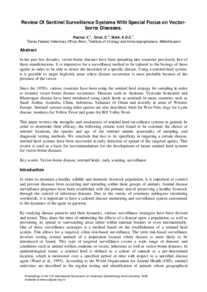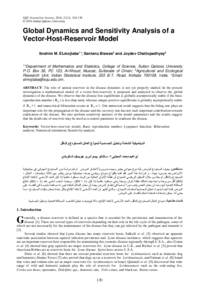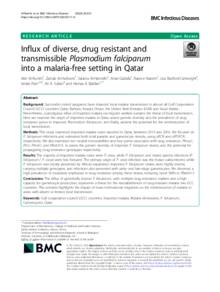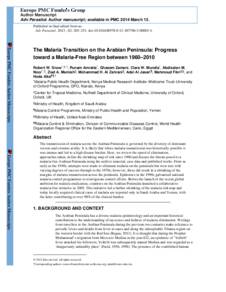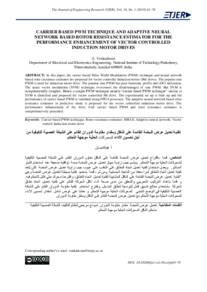وثيقة
Sentinel surveillance systems with special focus on vector-borne diseases.
المعرف
DOI: 10.1017/S1466252307001120
المصدر
Animal health research reviews / Conference of Research Workers in Animal Diseases. V. 7, 1-2, P. 71-79
المساهمون
Griot, C., مؤلف
Stärk, K. D. C., مؤلف
الدولة
Switzerland.
مكان النشر
Mittelhäusern
الناشر
Institute of Virology and Immunoprophylaxis.
ميلادي
2006-06-01
اللغة
الأنجليزية
الملخص الإنجليزي
In the past few decades, vector-borne diseases have been spreading into countries previously free of these agents. It is necessary for a surveillance method to be tailored to the biology of these agents in order to detect their incursion. Using a sentinel herd system, it is possible to target high-risk areas where occurrence is most probably due to vector presence. Since the 1970s, diseases such as Akabane, vesicular stomatitis and Bluetongue disease have successfully been monitored using cattle herds as sentinels in many countries such as Saudi Arabia, Australia, China, Indonesia, Sultanate of Oman and most recently in countries in Western Europe. This paper reviews the strengths and weaknesses of sentinel herd surveillance systems in general. In order to determine their efficacy, the following criteria were found to be essential: the choice of sentinel locations, sentinel animal, seasonality of sampling and diagnostic testing methods. We conclude that due to its ability to focus on a specific disease, sentinel herd systems have been successful in the early detection of the spread of a targeted agent. This review is used as a basis for recommendations for the development of future sentinel herd systems.
الوصف
Animal health research reviews / Conference of Research Workers in Animal Diseases
Volume 7, Issue 1-2, 2006 Jun-Dec, Pages 71-79
Volume 7, Issue 1-2, 2006 Jun-Dec, Pages 71-79
ISSN
1466-2523
قالب العنصر
مقالات الدوريات

